Walkabout: The Architect of the OTHER Prospect Park - A Troy Story, Part 3
On July 4th, 1902, the bands marched, politicians waxed poetic, and the people celebrated on this, the grand opening of the Warren Hill Park, on top of Mount Ida, overlooking downtown Troy.

Read Part 1 and Part 2 of this story.
On July 4th, 1902, the bands marched, politicians waxed poetic, and the people celebrated on this, the grand opening of the Warren Hill Park, on top of Mount Ida, overlooking downtown Troy. The year before, after a few positive voices of agreement, along with the usual contentious wrangling and pompous posturing, the City Council of Troy voted in favor of purchasing the parkland to create Troy’s newest and most important public park.
After debating the issue for several years, the city finally owned the land. Now it was time to hurry up and wait. People wanted to see the view that had made Mount Ida famous, a panoramic vista that on a good day, allowed people to see for miles around.
Troy lies in the Hudson River valley between the Catskills and the Adirondacks, and the view from the top of the mountain would allow you to see both ranges. It was a great place to take in the summer breezes and escape the hustle and bustle of one of the nation’s busiest and wealthiest cities. The only problem was that in the rush to get people in the park, they hadn’t yet gotten around to finishing it. In fact, it was barely begun.
That was not the fault of the city’s parks landscape engineer. Garnet D. Baltimore had already scoped out other cities and their parks, including Central Park and Brooklyn’s Prospect Park, and had great ideas on how to make Warren Hill Park a masterpiece.
But first he needed to have his plans and a budget approved. Mr. Baltimore was a scrupulous record keeper, and the Troy newspapers faithful commentators, so we know what he had to go through to get the job done. For more background on the park and the man, check out Part One and Part Two of this story.
Landscape Engineer Baltimore did not want to do a haphazard job. He was a perfectionist, and this park was already going in directions that he did not approve of. In their rush to open, the city had made some perfunctory changes to the old Warren farm site, opened up an entrance road, and prettied the place up so that they could have a grand opening.
The Vail family villa at the top of the hill, renamed the Casino, had been turned into a comfort station and snack bar, but they had just taken the house and opened it. Imagine what anyone’s old house would look like if all of a sudden thousands of people had marched in to eat sandwiches and then use the bathroom? Baltimore was appalled.
In a report to the city, in which he made many different recommendations and presented a budget, he said,
Sunday the building which it is intended to devote to the purposes of a casino was opened as a refreshment stand. No effort was made to make the surroundings attractive or inviting. I was unable to find that any contract had been entered into or restrictions placed upon the conduct of the management by the Commission.
It is an imperative obligation of those to whom the welfare of the park is intrusted that no feature be tolerated which would tend to cheapen or belittle the character of the park. I therefore recommend that this building be closed until it is properly prepared by the Commission for the purpose intended and then conducted as a strictly first class casino.
Work started on the park. Baltimore had to plan out miles of drainage pipes and sewer lines, they had to provide electricity and lay conduit, grade and level the land, build roads, uproot trees and plant new ones, shore up steep inclines, build shelters and service buildings, build a system of plant maintenance and promulgation, plus install playground equipment, fountains, lawns, flower beds, paved and graveled pathways, and dig out and fill a new pond. It wasn’t going to be a quick job.
In January of 1904, the Troy Daily Times published a supplement to the Sunday paper celebrating the city’s parks system. Regarding the new park, which had since changed its name from Warren Hill Park to Prospect Park, the paper noted:
Prospect Park is of course the main recreation ground of its kind in the city, and interest is centered in every step of its progress toward the beautiful part of the system that it will surely be. About 500 trees and stumps were cut down, roads were located, drains laid and excavations made for an artificial lake.
The width of all roads were fixed at twenty-five feet, while the paths are eight, ten and sixteen feet in width, dependent upon their location. The roads are macadamized and make about one mile has already been completed. About the same amount of walk has also been laid. Prospect Lake will shortly be an actual water handling body, the construction of a dam and the removal of a few additional yards of earth only remaining to be done.
The Victorian notion of parks had been to establish public garden spaces where people strolled around or sat on benches and simply enjoyed their surroundings. Perhaps they would attend concerts performed in bandstands, or bird watch or some other rather passive activity. The 1880s brought in the idea of playgrounds for children, a new concept for young people to be children, instead of the tiny adults they were expected to be.
Considering that many children were working full time in factories by the time they were nine, there wasn’t much of a childhood there in the first place. The upper class women’s clubs in America were very influential in creating playgrounds in our parks.
Troy’s Women’s League was a great help to Baltimore in getting the park completed and equipped with activities and playground equipment for the children of Troy. In 1906, part of the grounds behind the old Vail house was made into a dedicated playground. The Carpenter Gothic Warren house was renamed the Memorial House, and used for children’s and other activities
He also had to deal with the land itself. Even when the plateau of the park was finished, complete with an overlook tower, he still had to figure out what to do with the sides of the hill, as they were rocky, bare, and prone to landslides.
He urged the city to buy the lands around the hill and address the problem with supporting walls and aggressive plantings to stabilize the grounds. There was also a leak in the artificial lake. The problem was addressed, the leak found, and plugged.
Baltimore had also noted in his tour of other parks that America was also becoming more active in the park. People wanted to play sports, and be physically active in the park, not just sit there and enjoy. If a park was going to be successful and modern, it would have to include facilities like tennis courts, baseball diamonds, playing fields, and swimming pools.
Baltimore included plans for many different activities, and was actually able to get most of them in the park by the time he was finished. The last major project was an above ground swimming pool and pool house, which was constructed in 1926, completed long after Baltimore had moved on to other things.
Prospect Park took years to complete, and there were all kinds of issues in the completion of such, but it was a rousing success with the people of Troy. There are dozens of postcards showing crowds of people flocking to the park and taking part in all kinds of activities. The children had their playground spots, and adults could play lawn sports and participate in sports teams. Concerts and festivals took place in the park, and as Garnet Baltimore reported in 1909,
Parks are the strongest factors for the upbuilding of the masses; their influence reaches up into the home of wealth and bids the inmates share its beauty. It stoops gently over the cradle in the home of poverty and sustains the wearied mother while she baths her babe into its healthful air and invigorating shade. Thus, ever drawing us back to nature it makes possible communion with the infinite.
By the time Baltimore had finished the park, it was 84 acres of what was described as “elegant beauty.” He left it in the hands of the city and the Parks Department, and was on to his next project. He was called upon to design Forest Park Cemetery in nearby Brunswick. The cemetery went bankrupt before he could finish the project, but his work is still there, in the form of the entrance and burial crypt.
He was associated with cemeteries for the rest of his career. He laid out Graceland Cemetery in Albany, as well as cemeteries in Amsterdam, Hoosick Falls and Glens Falls. He was a consultant for Oakwood Cemetery in Troy for over thirty years, and is buried there with his parents, three siblings and wife Mary Lane.
The couple had no children. Oakwood is this city’s Green-Wood Cemetery, a beautiful park cemetery, the final resting places of some of Troy’s most famous citizens.
He remained a Consulting Engineer for the City of Troy for many years. In that capacity, he was called on to make maps and surveys for attorneys for accident scenes and crimes. He also testified as to his results in many Troy court cases and in other cities. He also was the landscape engineer for St. Mary’s Hospital in Troy, and was a member of the New York State Society of Professional Engineers.
Among his other contributions to life in Troy, he was chair of the Civic Art Committee of Troy in 1912-13; he organized a Troy Night at the Troy Music Hall in 1913 that led to new ornamental street lighting and other city improvements. He was very active in RPI alumni activities throughout his life, and was a member of the Troy Alumni Club and the secretary of the Alumni Association’s 50 Year Club, a position he held until his death in 1946.
Unfortunately, he also lived long enough to see his beloved park go downhill fast. He wrote to the Troy Record in 1943, lamenting the deterioration of his hard work.
But today every official element of beauty has been destroyed or removed. The Warren mansion, that unique structure (which could easily have been restored with WPA funds) was torn down at the whim of an iconoclast; the Vail mansion burned by vandals; the Bascom fountain, donated to the park by the generosity of Mrs. Bascom, dismantled and removed; the band stand eliminated; the paths neglected and overgrown with grass. Not a comfort station in all the broad area. Is the civic pride of Trojans so deadened that no murmur of regret is heard at this willful neglect?
As in New York City, and many other cities, Troy allowed its parks to deteriorate as funding throughout the city was curtailed due to economic hardships and more pressing priorities. Today, things are better, but the park is still an underutilized resource. So much of what Baltimore and his predecessors achieved is gone.
The Warren and Vail houses are gone, the lake, fountains and the overlook tower are gone, and the pool is empty and crumbling. A massive effort of civic will, not just money, is needed to bring it back. It’s still one of the most beautiful places in the city, and more than worthy of our efforts and attention.
Garnet Douglass Baltimore died on June 12, 1946. He was 87 years old. His death was heralded on the front pages of the Troy Record. He died in the home he had grown up in, only a few blocks from his beloved RPI.
The paper printed a story about his life, and had a large photograph. In an editorial piece, they said, “There was a time when he was in the thick of municipal affairs. He was architectural Engineer at Oakwood Cemetery. He laid out Prospect Park. He was probably the greatest surveyor in the city’s history. He was as much a part of Troy as the monument.”
If every African American could have been a Garnet Baltimore, if every city could be a Troy, how much better would the world have been? He enjoyed a miraculous life free from preconception and prejudice. He never denied who he was, but he also never let other people define him. He did his job, expecting the respect due his position and experience, and he got it.
He was one of the most famous and well-liked people in Troy during his lifetime and afterward. He also worked outside of his home town, and took that respect with him. There are no records of people complaining about working with, or under a black man, or questioning his competence. It was remarkable, as was he. It is also a goal we all strive for.
RPI has sponsored the Garnet Baltimore Lecture Series since 1990 in his honor. They present distinguished African American speakers and honor achievement in the sciences and engineering.
In 2005, Troy Mayor Harry Tutunjian ceremoniously renamed the block the Baltimore house once stood on, Eighth Street, between Congress and Hoosick Streets as Garnet Douglass Baltimore Street, “as a lasting tribute to a Trojan who gave so much to his community.”
In my opinion, more needs to be done to celebrate and emulate one of the finest sons of Troy. I’m proud to have moved from one great city to discover the fine history of another. As an African American, I’m especially proud to know about Garnet Douglass Baltimore. I wish I could have met him.
Once again, I am grateful for the research done by Don Rittner in a series of articles in the Albany Times-Union about Troy’s parks, especially Prospect Park. The articles can be found through this link, and are a history lover’s dream – annotated, illustrated, and well-written. I am also grateful for receiving the article about Troy’s parks, published in 1904. It was transcribed and sent to me by Richard Herrick. Thank you, gentlemen. Other research material was obtained from articles published by RPI, the City of Troy, and in Troy’s many newspapers.
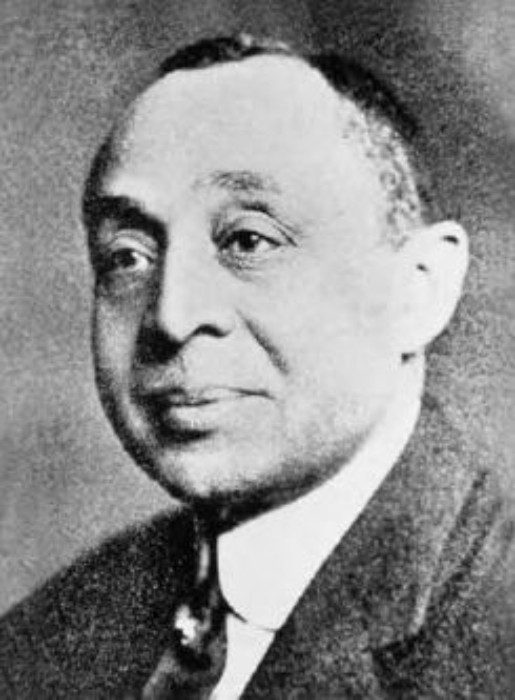
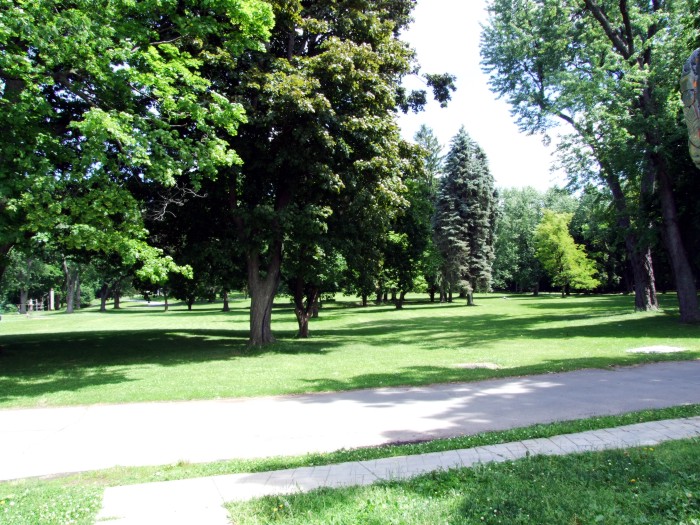
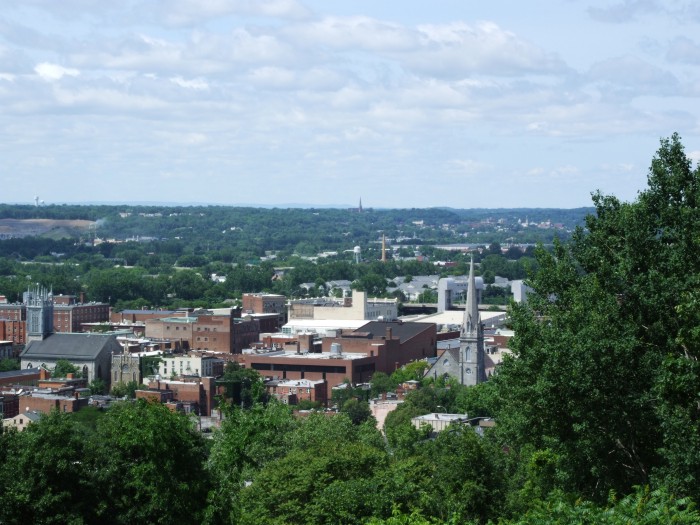
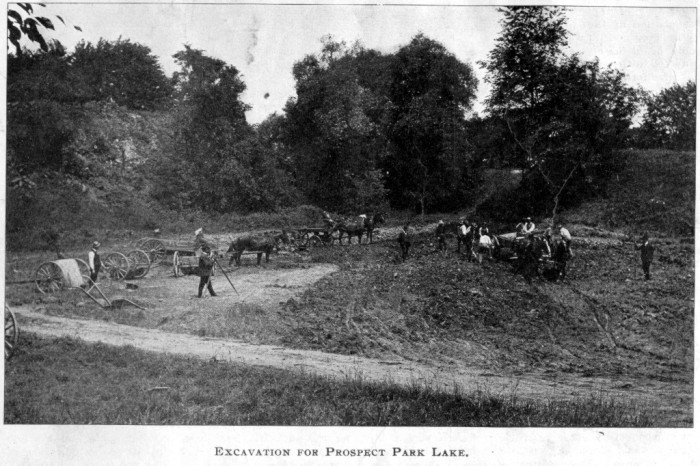
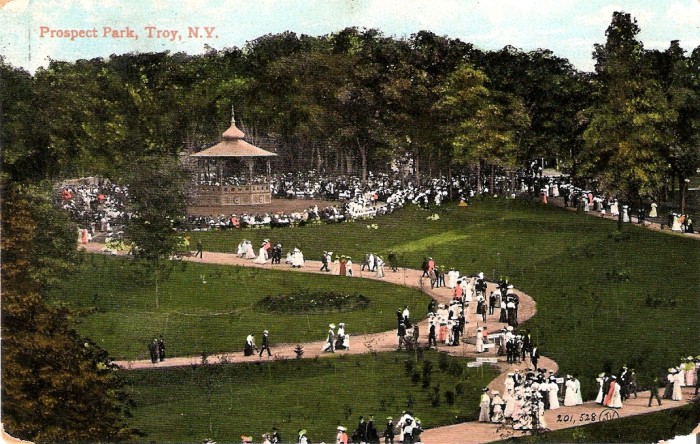
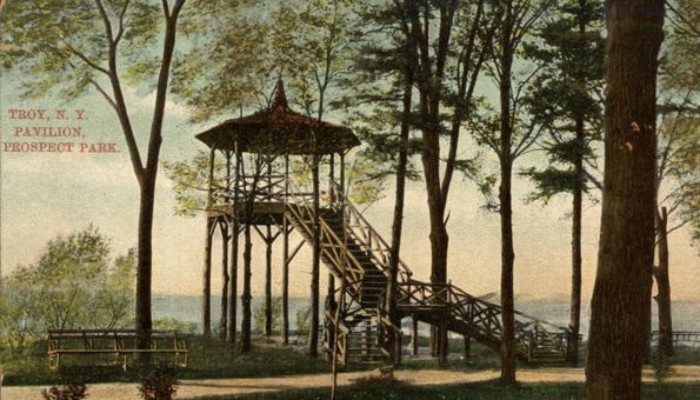
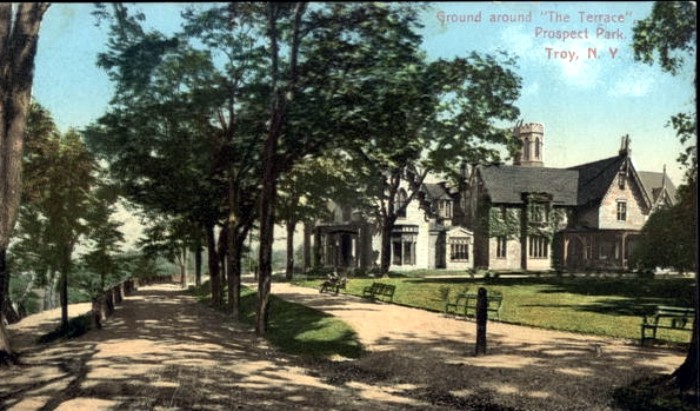
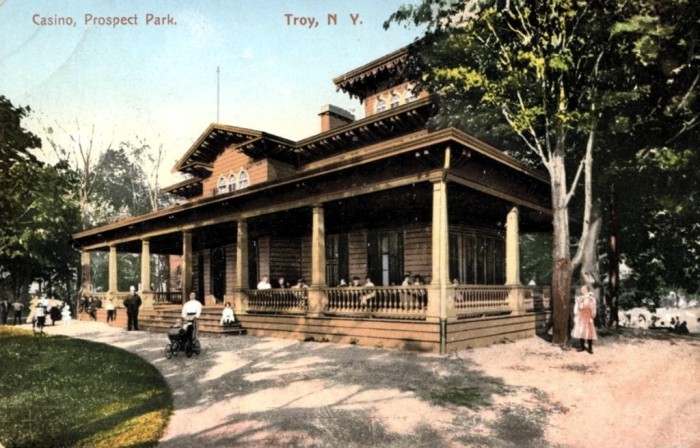





What's Your Take? Leave a Comment